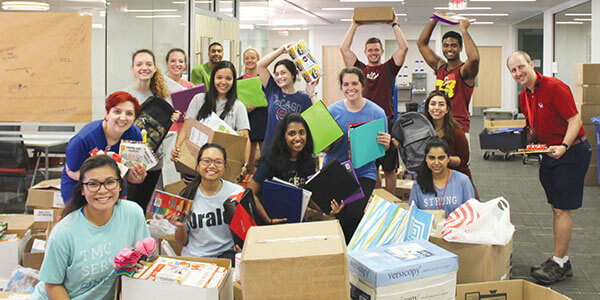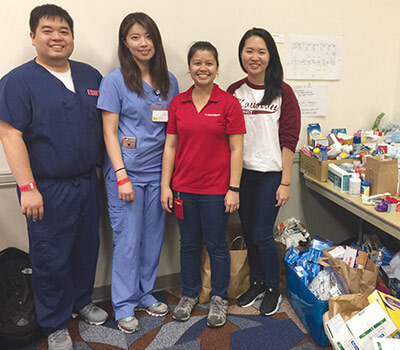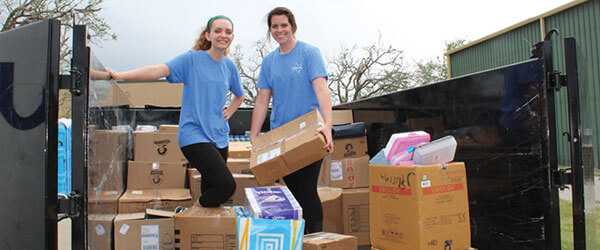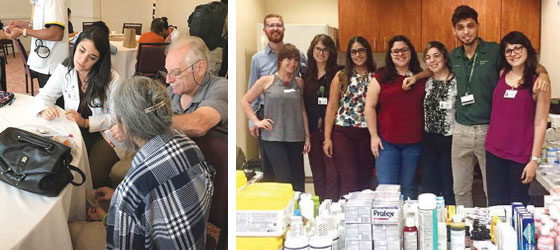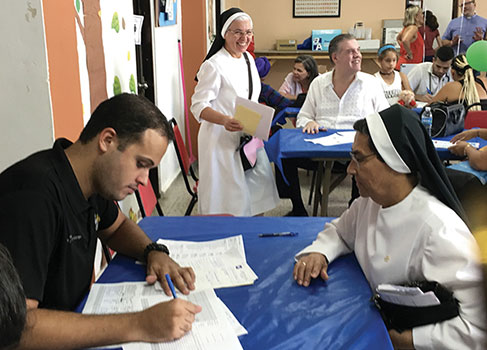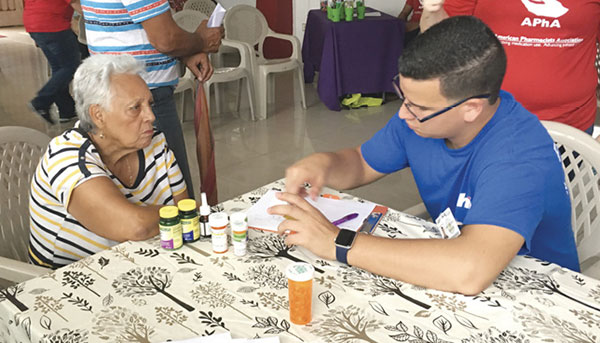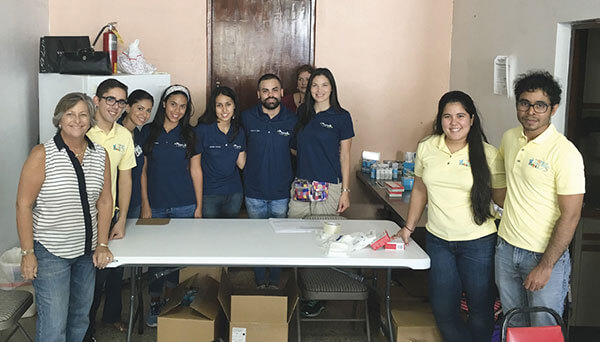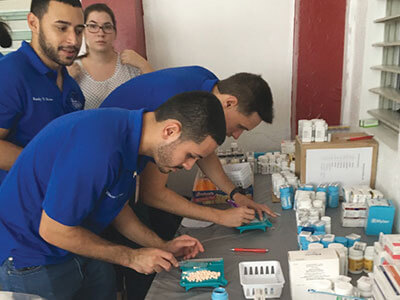IRMA
When Hurricane Irma made landfall in Florida and partially hit Puerto Rico in early September, it was the first Category 4 storm to strike the state in more than a decade in Florida. Nova Southeastern University College of Pharmacy, which has campuses in Fort Lauderdale and Palm Beach, as well as in San Juan, had several layers to the recovery process. “In Fort Lauderdale, we were closed for six days,” said Dr. Robert McGory, associate dean, professional program. “The storm got everything a little off schedule and we had to do some weekend classes. Our San Juan campus was down for almost five weeks. We had to postpone classes there. There were maybe two or three we had to cancel and we kept teaching the others through the first week of January. We basically took the fall semester and divided it in two.” While the Fort Lauderdale campus was able to end the semester on time, first- and second-year students in San Juan will take courses this summer to get back on track.
Within 24 hours of opening the Fort Lauderdale campus, McGory said the registrar and upper administration held a meeting to focus on San Juan and how to proceed without having a way to communicate with that campus. “We knew Puerto Rico was devastated [after Hurricanes Irma and Maria] but we didn’t know about the building students were in or if they could get back and forth to campus,” he explained. “We didn’t know when the power or water would come back on. We started planning in terms of how we wanted to approach students and how we were going to teach. We were trying to generate donations of food, money and clothing that we could send to the campus. We had a good outpouring of aid from other colleges of pharmacy.”
Communication with San Juan faculty remained hit-or-miss for several weeks. McGory said they resorted to using the radio station in San Juan to try to make contact to find out whether it was safe for students to return to campus. Fortunately, the main building sustained only minimal damage and recovered power and water quickly due to its close proximity to a hospital, but it took several weeks before people could travel safely.
“Students were trying to come into the college to get water and electricity and just to have some security,” he continued. “We found a company that could provide hot meals so we were doing that once a day for the students. The experiential staff worked to get students to volunteer to do rotations.” McGory said about eight students moved to the Palm Beach or Fort Lauderdale campuses to complete their rotations as the situation in Puerto Rico remained unstable.
McGory recommends that institutions have some kind of technology ready as a backup plan to keep students engaged in their studies during an emergency. “I asked the president of the university if we could purchase jump drives and put lectures from last year on those, and we sent those down for students to pick up,” he said. “Students could come in and use the computers on campus so they could stay involved with their education.” He also said that getting satellite phones to the San Juan faculty helped facilitate communication.
Hurricanes can increase or decrease in force overnight and change course quickly, McGory pointed out, so while everyone had a good idea that Puerto Rico would be affected, the university did not have a formal plan because of all the unknowns. “When most people think of a disaster, they think of it being over in a few days,” he added. “We’re still dealing with Internet issues six months later and it’s still very haphazard. It’s not a quick fix where, say with a snowstorm, you may just cancel classes for a few days. In a territory you can’t generate all the support you would be able to get in the [mainland] United States. It was very difficult to get support to our San Juan campus. Overall everyone did a great job.”


